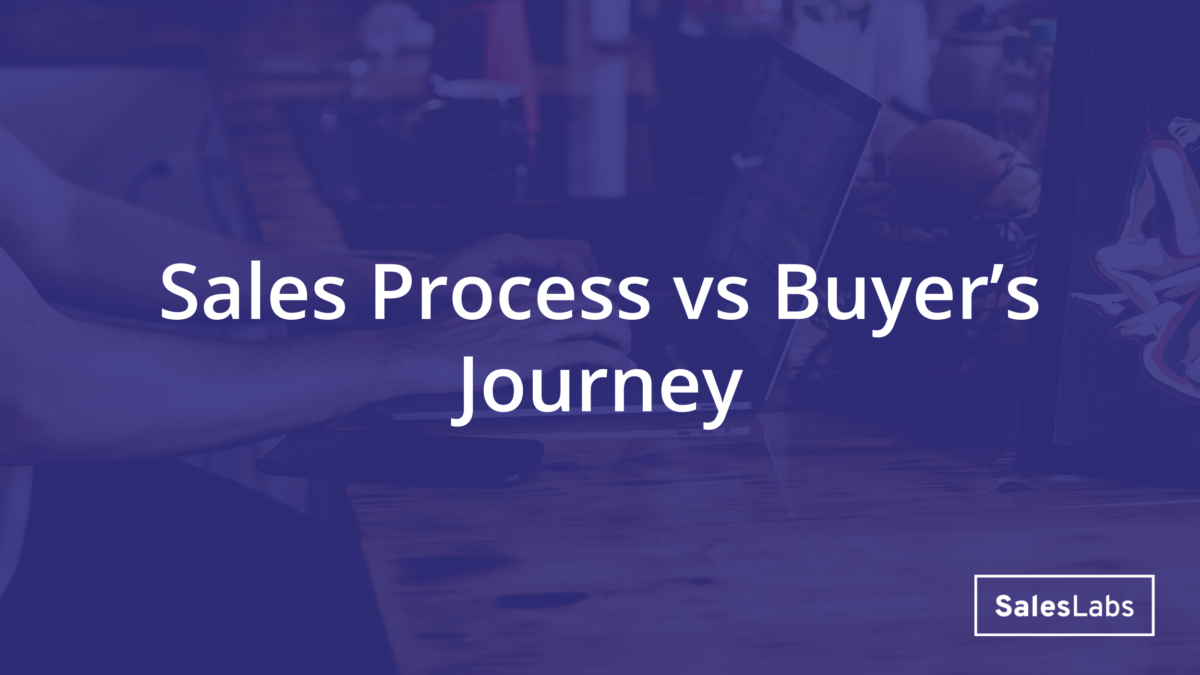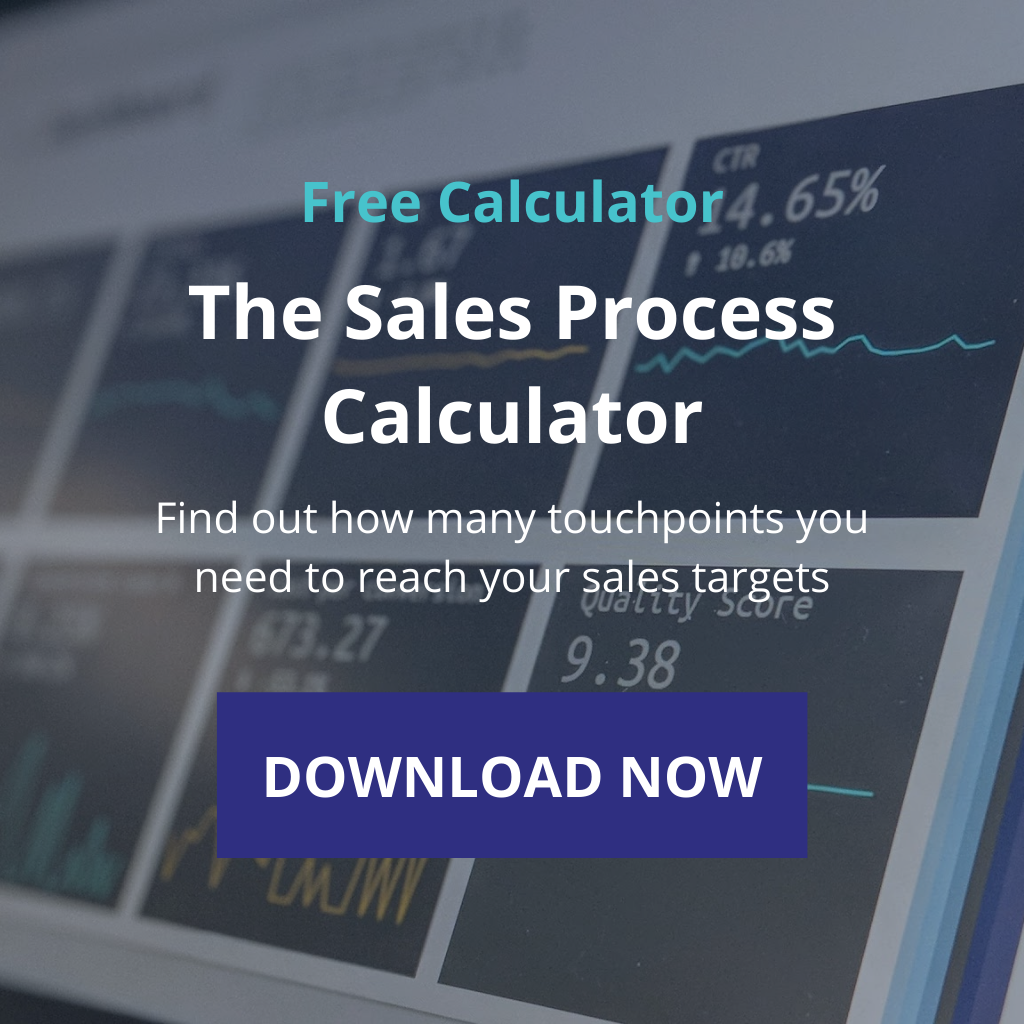Sales Process vs Buyer’s Journey
If you are in sales, you probably hear the word sales process all the time. But one equally important concept is the buyer’s journey.
Find out more about these two concepts in this post.
What is a buyer's journey?
The buyer’s journey is the mental journey your prospects are going through when making a buying decision.
According to Gong.io, it is composed of the following steps:
- Latent pain
- Active pain
- Solution Development
- Evaluation
- Decision
We’ll use my washing machine as an illustration of each phase.
1. Latent Pain
Latent pain is the first phase of the journey. Your prospects are typically aware that they have a problem, but it doesn’t hurt enough for them to do anything about it.
For example, we started thinking about buying a new washing machine, when we had to clean it every 10 cycles. Nothing was preventing us from washing clothes, but it was a bit annoying.
2. Active Pain
Active pain is the second phase of the journey. In that case, prospects have a clear pain. Inbound leads typically come in that phase.
Coming back to our washing machine story, when ours started to make worrying noises during the spinning cycle, we knew we had to quickly buy another one before it breaks.
We had an active pain.
3. Solution Development
Solution development is the phase in which your prospect is trying to gather information and build use cases to fix a problem.
In our case, we went to an appliance store and started comparing models, price, energy consumption, and all these specific details.
4. Evaluation
When entering the evaluation phase, things are getting serious. This is when prospects ask about pricing and try to figure out if the investment will bring enough value.
For our washing machine, a discussion with a rep helped us understand if the delivery was included in the price, if the machine was really worth that investment and if we could buy it in multiple payments.
5. Decision
And finally, the decision phase is the moment when a prospect decides to buy or not.
We decided to move on and buy the machine online, as the rep didn’t want to give a discount for the model we wanted to buy.
As you can see, a buyer can always decide to move further with a competitor, even at the end of the buyer’s journey.
The Sales Process Calculator
Find out if your rales targets are realistic and build a plan to reach them.
What is a sales process?
According to Hubspot, a sales process or sales funnel, is a repeatable set of steps a sales team takes to move a prospect from an early-stage lead to a closed customer.
There are many types of sales processes, but here is one that I particularly like.
It is composed of the following steps:
- Discovery call or meeting
- Usecase demo
- Contract or proposal review
- Negotiation
1. Discovery Call or Meeting
A discovery call or meeting is an initial conversation to understand if a prospect has a concrete, qualified pain, and to find out if your solution could potentially be a fit.
It is not a demo, and talking about the features of your solution is not what it’s made for.
Running a good discovery is an art as much as a science. But with good training and a lot of practice, it allows you to keep control of a deal and have a clear understanding of the steps required to close that deal.
2. Usecase Demo
When your discovery has confirmed that the prospect has a qualified pain, within a reasonable timeline, it’s now time for a usecase demo.
A usecase demo is not a product or solution demonstration. It is actually a call or meeting to build a solution. That solution should solve the pains or challenges identified during the discovery.
It is a collaborative process with your prospect.
You are not expected to bring polished slides to regurgitate for 2 hours.
If a usecase demo proves successful, the next logical step is a contract or proposal review.
3. Contract or Proposal Review
Some prospects will ask you to “send an offer”. Never do that.
Instead, going through the details of the offer with your prospect, outlining specific payment terms, or discussing over deliverables is a great way to keep a level of control on the deal.
4. Negotiation
And finally, negotiation is the last part of the process, where a prospect is trying to get the best deal possible. This part is complex, because it often involves many stakeholders, and it is almost always emotionally loaded.
But with a good framework and concrete usecases, you can always build a win-win scenario and close a deal.
Wrapping it up
If you respect these 4 basic steps, you should be able to select qualified deals and drive them to close.
Now you know how a basic sales process looks like. You also have a better understanding of the mental journey of a buyer.
Before you go...
Are you having difficulties building your sales process? If you can’t find any way to make it work for your sales team, book a free consultation with me.
And, whenever you’re ready… here are 3 ways I can help you crush your sales targets:
1. [NEW] Join the T-shaped Sales Community
The T-shaped Sales Community is for salespeople in tech. We produce tactical content, share opportunities, and shine a light on those who make sales happen. Join here.
2. Join the T-shaped Sales Development Accelerator
Ditch the old sales development playbook and learn the skills that will make you successful in tomorrow’s sales environment. Signup today.
3. Work with me privately
If you’d like to work directly with me to take over the leaderboard, just book a call here. Tell me a little about what you’re selling and what you’d like to work on together, and I’ll get you all the details!
About the Author
My name is Thibaut Souyris. I’m the CEO & Founder of SalesLabs. I train and coach B2B sales teams to start more conversations.
I am the Co-host of The B2B Sales Podcast and I’m regularly invited to speak at events with Hubspot, Pipedrive or Techstars.
You can read and hear my opinion and ideas on various podcasts and blogs, including Sales Hacker, G2 and Demodesk.
I have helped 100+ SDRs and BDRs build cold outreach sequences and I work with companies like Comtravo, Homelike or Styla.
Subscribe to the Newsletter
Get my free, 4 min weekly newsletter. Used by 5.900+ salespeople to book more meetings.
Subscribe to the Newsletter
Get my free, 4 min weekly newsletter. Used by 5.900+ salespeople to book more meetings.


